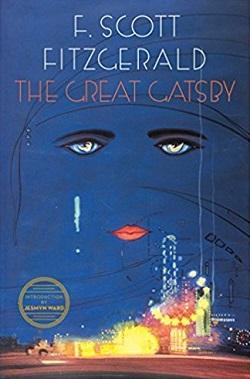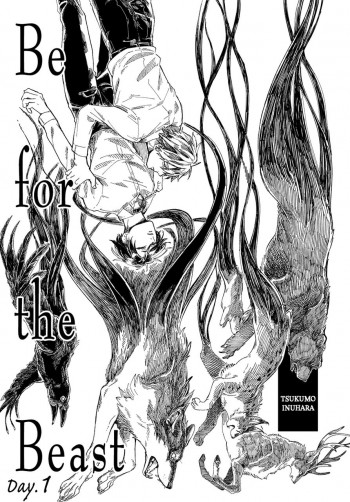The Great Gatsby, published in 1925, is often regarded as F. Scott Fitzgerald's magnum opus and a quintessential representation of the Jazz Age. The novel is set against the backdrop of the Roaring Twenties, a period characterized by economic prosperity, cultural dynamism, and a sense of disillusionment that followed World War I. Through the eyes of the narrator, Nick Carraway, Fitzgerald crafts a poignant narrative that explores themes of wealth, love, and the American Dream, making it a timeless classic that resonates with readers even today.
At its core, The Great Gatsby is a tale of unrequited love and the relentless pursuit of an ideal. The protagonist, Jay Gatsby, is a mysterious millionaire known for his extravagant parties and opulent lifestyle. However, beneath the glitz and glamour lies a profound emptiness. Gatsby's wealth is not merely a means to an end; it is a façade that he constructs in hopes of winning back his lost love, Daisy Buchanan. Daisy, a beautiful but shallow woman, embodies the allure and the ultimate unattainability of the American Dream. Her voice, described as being full of money, symbolizes the seductive yet hollow nature of wealth.
Fitzgerald's exploration of the American Dream is one of the novel's most compelling themes. Gatsby's rise from humble beginnings to immense wealth reflects the classic rags-to-riches narrative, yet his journey is fraught with moral ambiguity. The novel critiques the notion that hard work and determination can lead to success, suggesting instead that the American Dream is often corrupted by materialism and social stratification. Gatsby's tragic end serves as a stark reminder of the emptiness that can accompany the relentless pursuit of wealth and status.
The character development in The Great Gatsby is masterfully executed. Nick Carraway, the narrator, serves as both an observer and a participant in the events that unfold. His perspective is crucial in shaping the reader's understanding of Gatsby and the world he inhabits. Initially, Nick is drawn to Gatsby's charm and charisma, but as the story progresses, he becomes increasingly disillusioned with the moral decay of the society around him. This transformation mirrors the broader disillusionment of a generation grappling with the consequences of excess and the loss of traditional values.
Gatsby himself is a complex character, embodying both hope and despair. His unwavering belief in the possibility of recapturing the past is both admirable and tragic. Fitzgerald's use of symbolism, particularly the green light at the end of Daisy's dock, encapsulates Gatsby's dreams and aspirations. The light represents not only Gatsby's longing for Daisy but also the elusive nature of the American Dream itself. As the novel progresses, the green light becomes increasingly distant, symbolizing the unattainability of his desires.
Another significant theme in the novel is the critique of social class and the divide between old money and new money. The Buchanans, who represent the established elite, are portrayed as careless and morally bankrupt, while Gatsby, despite his wealth, is never fully accepted into their world. This class distinction highlights the inherent inequalities in American society and raises questions about identity and belonging. Fitzgerald's portrayal of the East Egg and West Egg communities serves as a microcosm of this divide, illustrating the tensions between aspiration and reality.
The novel's setting is as integral to its themes as its characters. The opulent mansions, lavish parties, and the contrasting desolation of the Valley of Ashes serve to underscore the disparity between wealth and poverty. Fitzgerald's vivid descriptions create a rich tapestry of the Jazz Age, immersing readers in a world of excess and superficiality. The atmosphere of the 1920s, with its jazz music, flapper culture, and Prohibition, is palpable, adding depth to the narrative and enhancing the sense of nostalgia that permeates the text.
Fitzgerald's prose is both lyrical and incisive, filled with striking imagery and poignant observations. His ability to capture the essence of human emotion and the complexities of relationships is unparalleled. The dialogue is sharp and revealing, providing insight into the characters' motivations and desires. Fitzgerald's use of irony, particularly in the portrayal of Gatsby's tragic fate, adds layers of meaning to the narrative, inviting readers to reflect on the broader implications of the story.
In comparison to other works of literature that explore similar themes, The Great Gatsby stands out for its nuanced portrayal of the American Dream and its critique of social class. Works such as John Steinbeck's The Grapes of Wrath and Theodore Dreiser's An American Tragedy also delve into the complexities of ambition and the harsh realities of American life. However, Fitzgerald's unique blend of romance, tragedy, and social commentary sets The Great Gatsby apart as a defining work of the 20th century.
In conclusion, The Great Gatsby is a masterful exploration of love, ambition, and the American Dream, rendered in Fitzgerald's exquisite prose. Its themes of disillusionment, social class, and the pursuit of happiness resonate with readers across generations. The novel's enduring relevance is a testament to Fitzgerald's keen insight into the human condition and the complexities of American society. As readers navigate the world of Jay Gatsby, they are invited to reflect on their own dreams and the often elusive nature of fulfillment. This timeless classic continues to captivate and provoke thought, solidifying its place as one of the great works of American literature.
























Reviews 0
Post a Reviews: